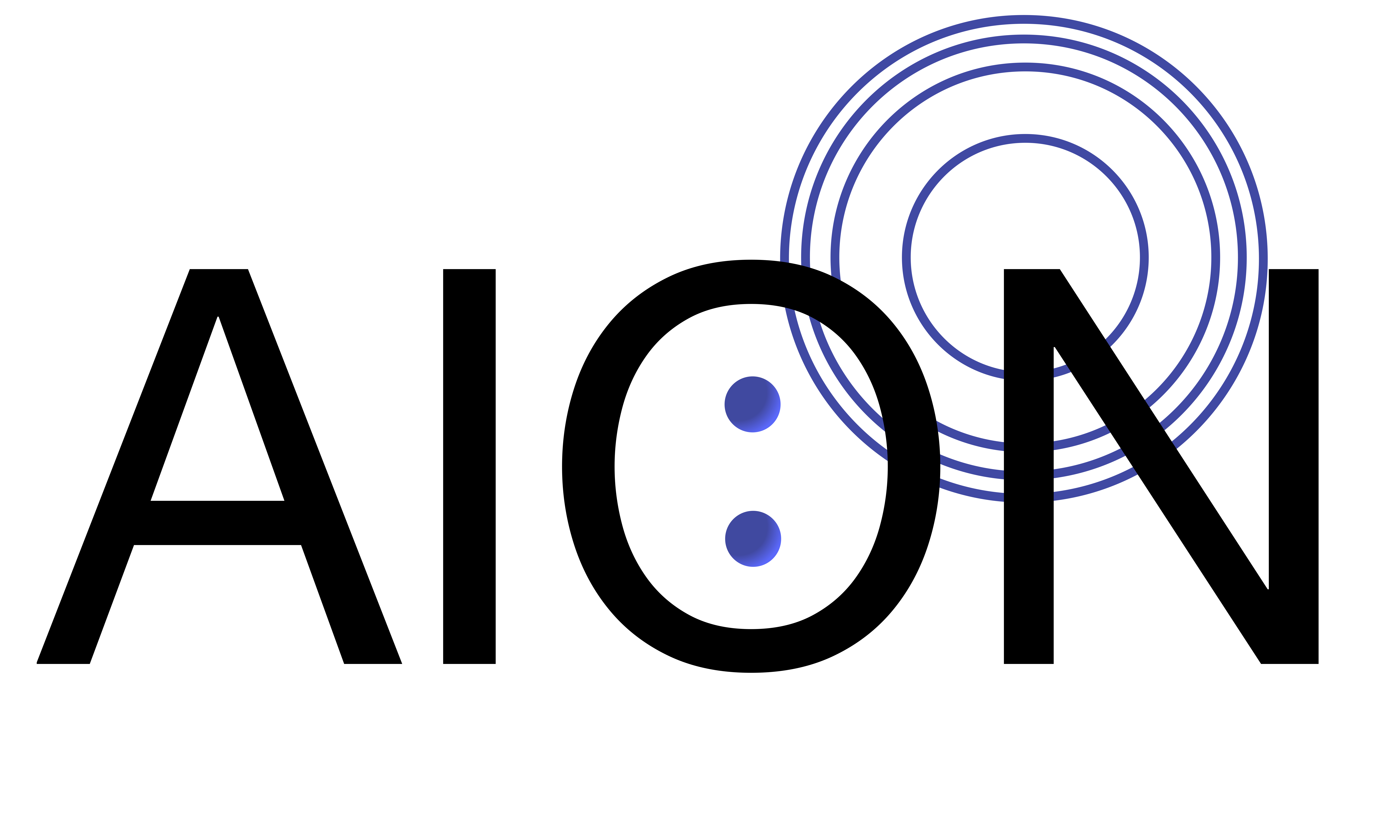
Overview
Atom interferometry is a novel quantum sensor technology that uses ultra-cold atoms placed in entangled quantum states in order to detect minute changes in local fields arising from gravitational waves and ultra-light dark matter [1,2]. They are extremely sensitive to accelerations and have been demonstrated for measurements of Newton’s gravitation constant, tests of the Equivalence Principle, measurement of local gravity gradients, measurements of the fine structure constant, and have placed bounds on local Lorentz invariance [3-5]. The search for ultralight dark matter and measurements of gravitational waves requires interferometer baselines greater than approximately 100 m. However, even at smaller scales of tabletop experiments they are sensitive enough to place bounds on foundations of quantum mechanics and gravity [6,7].
Cambridge is one of seven UK institutions within the AION consortium developing a tabletop atom interferometer for R&D which will feed into a 10 m instrument at the Oxford Beecroft building. The collaboration has extensive expertise within particle physics, high energy physics, and atomic physics. Only a small portion of the potential impact of Cambridge as a world leader in physics and technology is being utilised by the many-body quantum dynamics and high energy physics groups in the Cavendish Laboratory. We aim to tap into the latent progress that may be made by bringing together interested parties across the Cavendish, DAMTP, IoA, Kavli, and other interested groups in Cambridge.
Scope
To inform the other departments of Cambridge about the goals and potential of the AION collaboration and technology and to develop interest in the physics problems and science case. We hope to uncover areas of potential exploration which have been missed or technical and mathematical aspects which may provide an interesting set of questions to explore.
Cambrige AION Team
PI: Prof. Ulrich Schneider, Professor of many-body physics, Cavendish
Senior Research Associate: Dr. Tiffany Harte, AMOP, Cavendish
Research Associates:
Dr. Kimberly Tkalcec, AMOP, Cavendish
Dr. Jeremiah Mitchell, AMOP, HEP, Cavendish
References
[1] Badurina, L. et al. AION: An Atom Interferometer Observatory and Network. J. Cosmol. Astropart. Phys. 2020, 011–011 (2020).
[2] Abe, M. et al. Matter-wave Atomic Gradiometer Interferometric Sensor (MAGIS-100). Quantum Sci. Technol. 6, 044003 (2021).
[3] Overstreet, C. et al. Effective inertial frame in an atom interferometric test of the equivalence principle. Phys. Rev. Lett. 120, 183604 (2018).
[4] Asenbaum, P. et al. Phase Shift in an Atom Interferometer due to Spacetime Curvature across its Wave Function. Phys. Rev. Lett. 118, 183602 (2017).
[5] H. Mueller, et al., Atom Interferometry tests of the isotropy of post-Newtonian gravity, Phys. Rev. Lett. 100, 031101 (2008).
[6] C. Overstreet, et al., Observation of a gravitational Aharonov-Bohm effect, Science 375, 226 (2022).
[7] B. Elder, J. Khoury, P. Haslinger, M. Jaffe, H. Müller, and P. Hamilton, Chameleon Dark Energy and Atom Interferometry, Phys. Rev. D 94, 044051 (2016).
Meeting location
This will be held in the Ray Dolby Centre (the new home of the physics department!). Google maps isn't yet giving reliable directions, but the RDC is located on JJ Thomson Avenue, opposite the Computer Laboratory and next to the West Hub.
We will be meeting in Room A0.015: from the main entrance, walk past reception, then take the main stairs down (next to the indoor tree), then the room is behind you.
